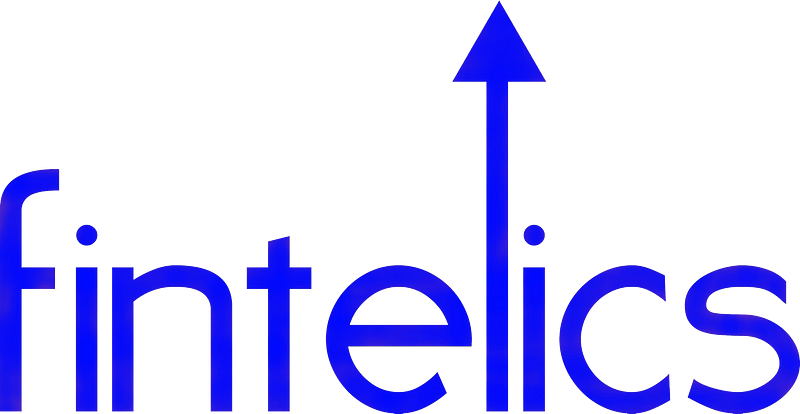The Future of the Decentralized Internet: An In-Depth Look
Written on
Understanding Web 3.0
Recently, there has been considerable discussion regarding Web3, often referred to as Web 3.0. This new iteration is envisioned as a decentralized version of the Internet, underpinned by blockchain and cryptocurrency innovations.
Some experts and entrepreneurs believe that Web3 has the potential to transform digital ownership of content and art, possibly signaling the decline of major tech corporations like Meta, Amazon, Google, and Microsoft. Conversely, others argue that this new framework may introduce complications that could undermine the Internet's openness. Regardless, the true capabilities of this technology likely reside in a nuanced space. Let's explore this next chapter of the Internet, its relationship with cryptocurrency and blockchain, as well as the ongoing debates about its future.
What Is Web3?
Web3, representing the third stage of the Internet, constitutes a decentralized online ecosystem based on blockchain technology. Unlike previous iterations dominated by central developers, platforms and applications within Web3 are intended to be owned by the users who contribute to their development and maintenance. Applications designed to operate on Web3 are commonly known as decentralized applications (dApps).
Cryptocurrency plays a pivotal role in Web3, offering financial incentives for participants in various projects. A notable example is Gitcoin, which allows developers to earn cryptocurrency for their contributions to open-source initiatives.
Over the last few years, the Internet has undergone significant transformations. Now, with the emergence of Web 3.0, we stand on the brink of a groundbreaking shift. Web 1.0 allowed users merely to consume content, while Web 2.0 introduced more interactive and collaborative experiences. In contrast, Web 3.0 promises a read-write web that operates independently of centralized authorities, fostering a more distributed, permissionless, and decentralized Internet.
Currently, Web 2.0 remains the dominant paradigm of the Internet we know today. Although the World Wide Web has evolved considerably since its inception, it has faced numerous obstacles. Web 2.0's centralized structure relies on intermediaries, whereas Web 3.0 aims to enhance security and privacy, promote data ownership, and ensure greater transparency without central governance.
What underpins these advancements? This is where blockchain technology comes into play.
Challenges to Widespread Adoption of Web 3.0
Despite its potential, the adoption of Web 3.0 faces various hurdles. Developing applications and services in this new environment is complex and time-consuming. Nevertheless, several companies now offer fully-managed, scalable Web3 infrastructure, enabling developers to create Web3 applications with greater ease.

Controversies Surrounding Web 3.0
While Web 3.0 holds promise for transforming many aspects of daily life, it has also attracted substantial criticism. As the technology is still in its formative stages, it lacks a definitive standard. The evolving nature of Web 3.0 means user experiences can vary significantly across different platforms. Some applications may be fully decentralized, while others might still rely on Web 2.0 frameworks. Despite claims of complete decentralization, elements of centralization are likely to persist, which raises concerns.
Moxie Marlinspike, co-founder of Signal, noted, “When a distributed ecosystem centralizes around a platform for convenience, it risks becoming the worst of both worlds: centralized control paired with the complications of distribution.” Despite these challenges, it is anticipated that Web 3.0 will continue to progress and evolve over time.
Another significant issue is the high transaction fees associated with Web 3.0 applications. All blockchain networks, including Ethereum, face rising fees driven by network congestion. During peak demand, transaction costs can skyrocket. However, many blockchain initiatives are actively working to address this issue, with some transitioning to more scalable models like proof of stake.
The Bottom Line
In conclusion, the future remains uncertain, and many developments could emerge in the coming months. While Web 3.0 encounters challenges similar to those faced by other cryptocurrency technologies and NFTs, it promises advancements in privacy, security, censorship resistance, and anonymity.
Web3 is not only propelling the metaverse and broader blockchain adoption, but it also significantly influences various technological domains, including virtual reality (VR), augmented reality (AR), messaging, storage, banking, insurance, NFTs, and gaming. Web 3.0 is poised to revolutionize how data is utilized, stored, and managed. With substantial talent and investment pouring into this space, decentralization may one day become a standard practice.

Exploring Web 3.0 in 5 Minutes
In this quick overview, we break down the essentials of Web 3.0, explaining its significance and implications for the future.
What Is Web 3.0? Explained with Animations
This animated video provides a visual explanation of Web 3.0, making complex concepts accessible to everyone.